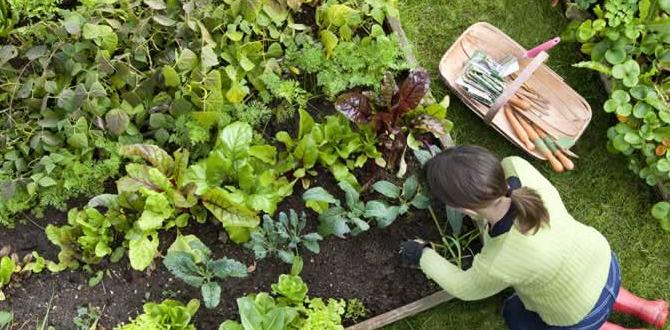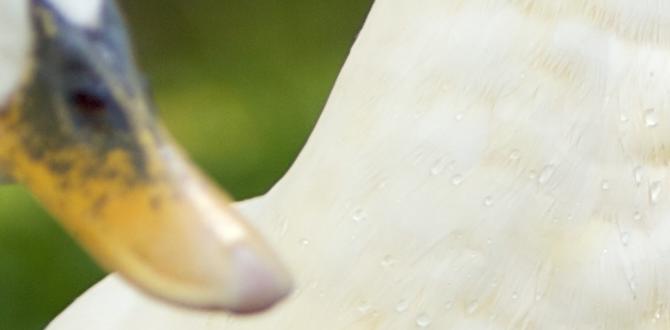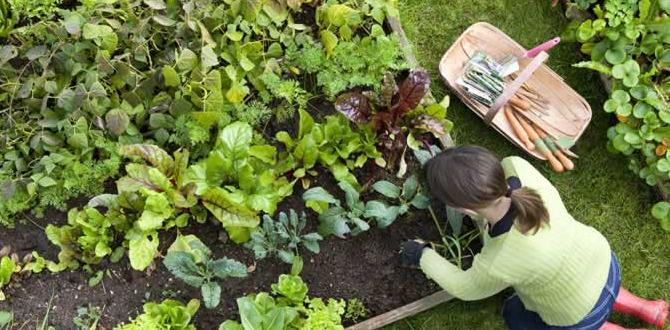Greenhouses are a valuable asset for gardeners and plant enthusiasts, providing a controlled environment for plants to thrive all year round. However, along with the many benefits of a greenhouse come unwanted pests such as slugs and snails.
These slimy creatures can wreak havoc on plants, causing damage to leaves, flowers, and fruits. They are also popular to carry diseases and spread them to plants, making them a threat to the overall health of your greenhouse.
Here, we will guide you on getting rid of slugs and snails in a natural way. First, we will cover what they are, how to identify their infestation, and which plants are most susceptible to them. Then, we will delve into 5 natural ways how to get rid of slugs and snails in a greenhouse. From using physical obstacles to encouraging natural predators and cultural practices that create an unfavorable environment for these pests – we have got you covered.
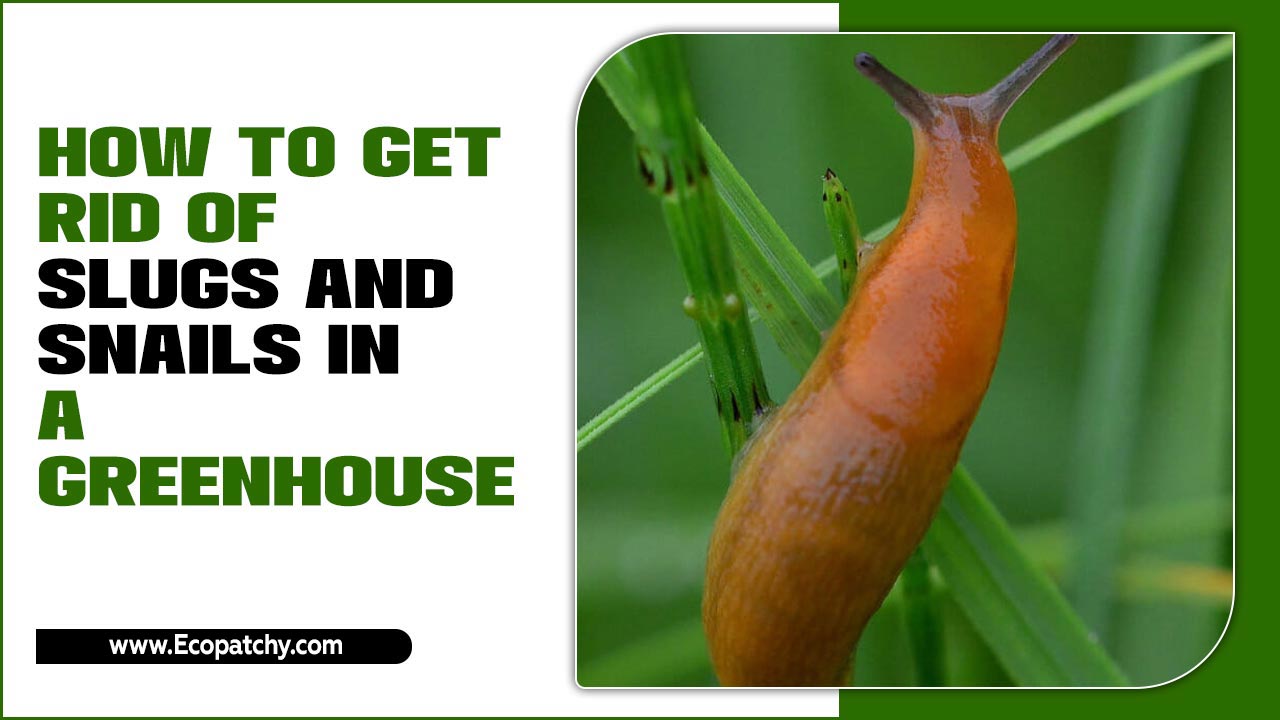
Slugs And Snails In Your Greenhouse
Slugs and snails can cause damage to seedlings in the greenhouse. These pests thrive in the moisture-rich environment found in greenhouses, making them a common problem for gardeners. They often hide in compost and on the soil surface, ready to wreak havoc on precious plants.
Greenhouse growers in the UK are particularly susceptible to slug and snail infestations. These pests are attracted to the greenhouse by the presence of plants, moisture, and ample hiding places. To protect your plants from these slimy invaders, it’s important to be vigilant and take appropriate measures to control their population.
Identifying Signs Of Slug And Snail Infestation
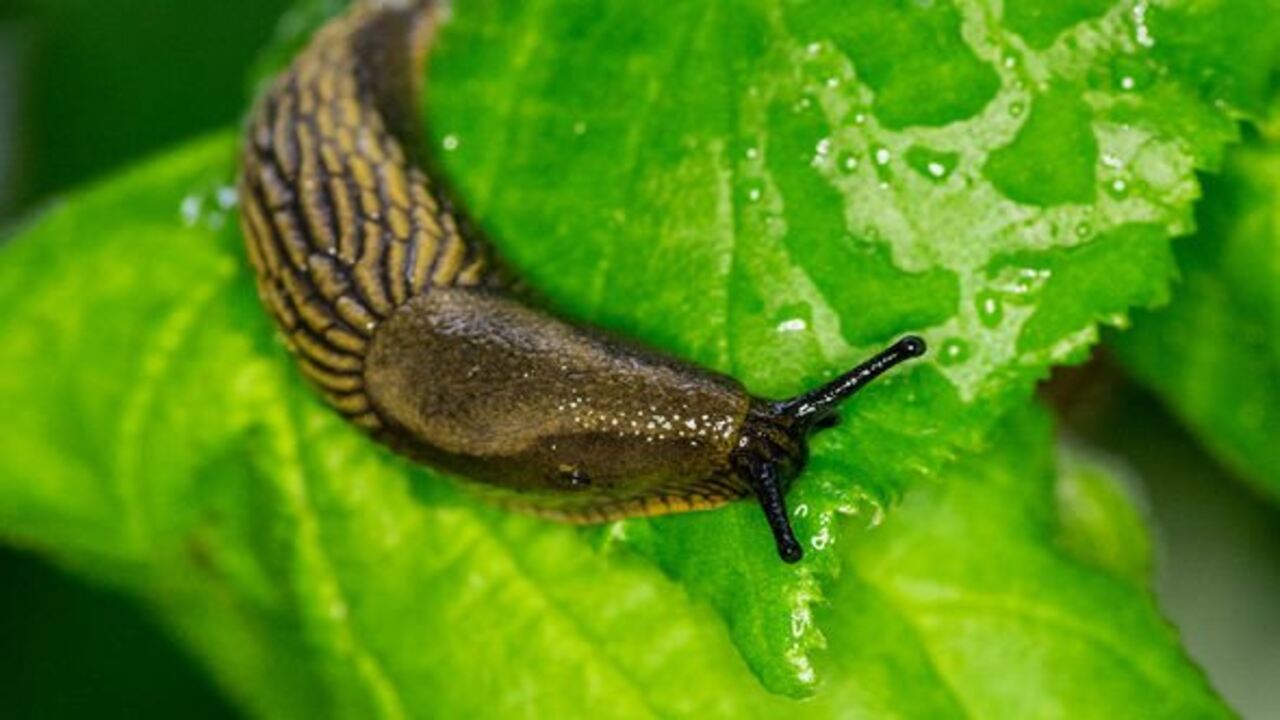
When it comes to identifying signs of slug and snail infestation in your greenhouse, there are a few key indicators to look out for. One of the most obvious signs is the presence of slime trails on plants and the soil surface. These slime trails are left behind as slugs and snails move around, feeding on your precious plants.
Another sign of infestation is finding chewed leaves and seedlings with small holes. Slugs and snails can cause damage by nibbling on them. Additionally, if you come across dead slugs and snails in your greenhouse, it clearly indicates that you have an infestation to deal with.
Using slug pellets can help confirm their presence. Finally, spotting slugs and snails hiding in dark, moist places within your greenhouse is another telltale sign of an infestation. By staying vigilant and watching for these signs, you can proactively address the problem and protect your plants from further harm.
Common Types Of Plants Attracting Slugs And Snails
When dealing with slugs and snails in a greenhouse, it’s important to understand. Which types of plants are most likely to attract these pesky pests. While slugs and snails will feed on a variety of plants, there are certain types that seem to be particularly enticing to them. Here are some common plants that may attract slugs and snails:
- Hostas: These leafy plants are a favorite snack for slugs and snails.
- Lettuce: The tender leaves of lettuce make it an easy target for these pests.
- Strawberries: The ripe fruit and low-growing foliage of strawberries provide plenty of opportunities for slugs and snails to feast.
- Delphiniums: These tall, beautiful flowers are, unfortunately, also a magnet for slugs and snails.
By being aware of the plants that are most likely to attract slugs and snails. You can proactively protect your greenhouse and keep these unwanted visitors at bay.
5 Ways To Naturally How To Get Rid Of Slugs And Snails In A Greenhouse
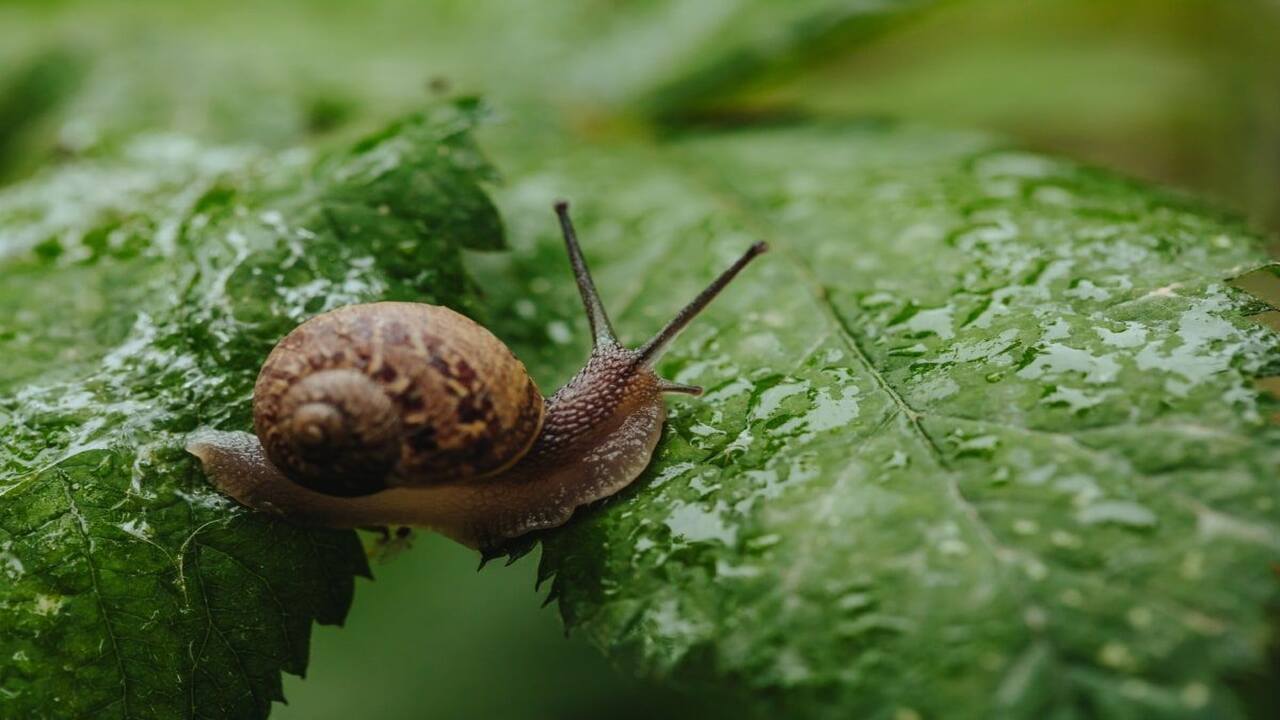
Getting rid of slugs and snails in a greenhouse can be a frustrating task, but there are natural methods that can help keep these pesky pests at bay. Dealing with slugs and snails in a greenhouse can be a frustrating challenge for gardeners. These slimy creatures are notorious for their ability to wreak havoc on plants, leaving behind a trail of destruction in their wake.
By employing these natural methods, you can effectively control the slug and snail population in your greenhouse without resorting to harsh chemicals or pesticides. Here are five ways how to get rid of slugs and snails in a greenhouse:
1.Using Physical Obstacles To Deter Slugs And Snails

Placing copper rings around plants can create a barrier that slugs and snails won’t cross, protecting your precious plants from their damage. Another effective method is creating slug traps with copper tape, as slugs and snails are attracted to the metal and get trapped. Metaldehyde pellets can also be handy to control these garden pests.
It’s important to strategically place the pellets at vulnerable points, such as greenhouse entrances, where slugs and snails are likely to enter. Additionally, applying diatomaceous earth around plants can create a physical barrier that slugs and snails won’t cross. By using these physical obstacles, you can effectively deter slugs and snails from wreaking havoc in your greenhouse.
2.Organic Slug And Snail Control
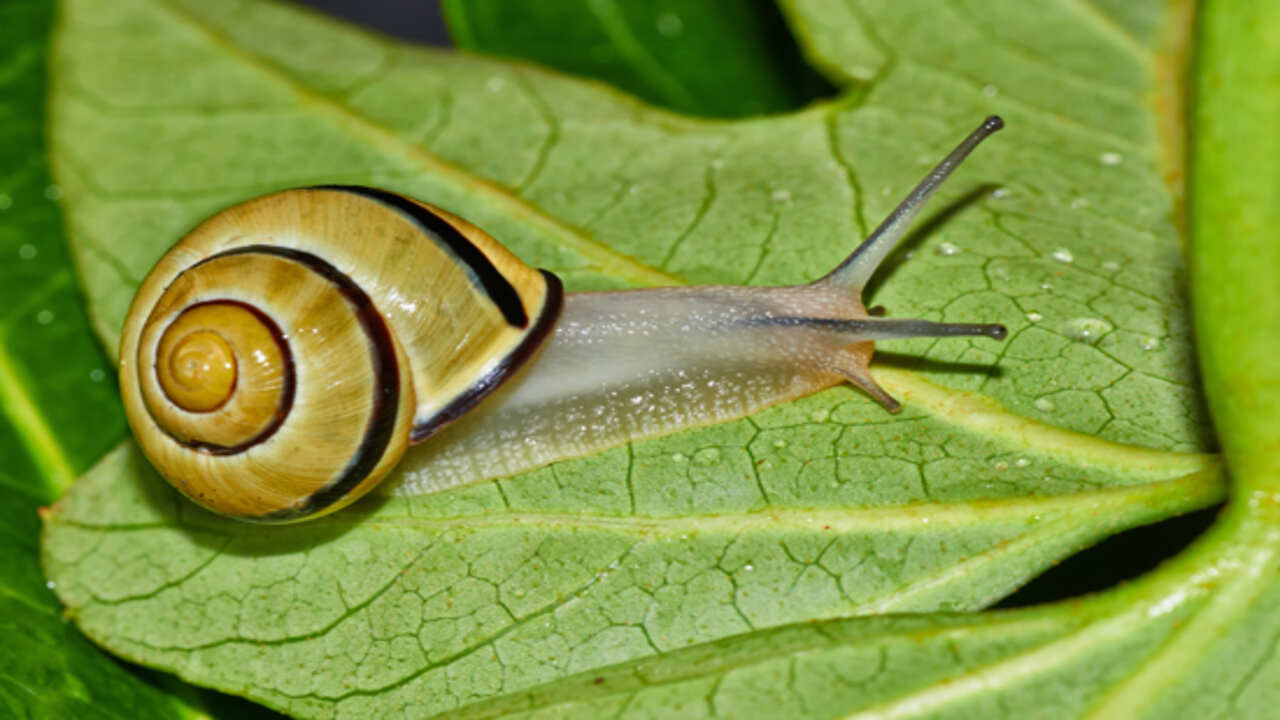
Organic slug and snail control methods are safe not only for your precious plants but also for the surrounding environment. Using organic slug pellets made from ferric phosphate is an effective way to control slugs and snails without causing harm to plants, pets, or wildlife. Another organic method is to apply coffee grounds around your plants, which can deter slugs and snails from approaching.
Creating slug traps with organic materials can also help in controlling their population. Additionally, sprinkling diatomaceous earth around your plants can naturally dehydrate slugs and snails. Finally, encouraging natural predators like frogs and beetles can provide a natural solution to the slug and snail problem.
3.Encouraging Natural Predators
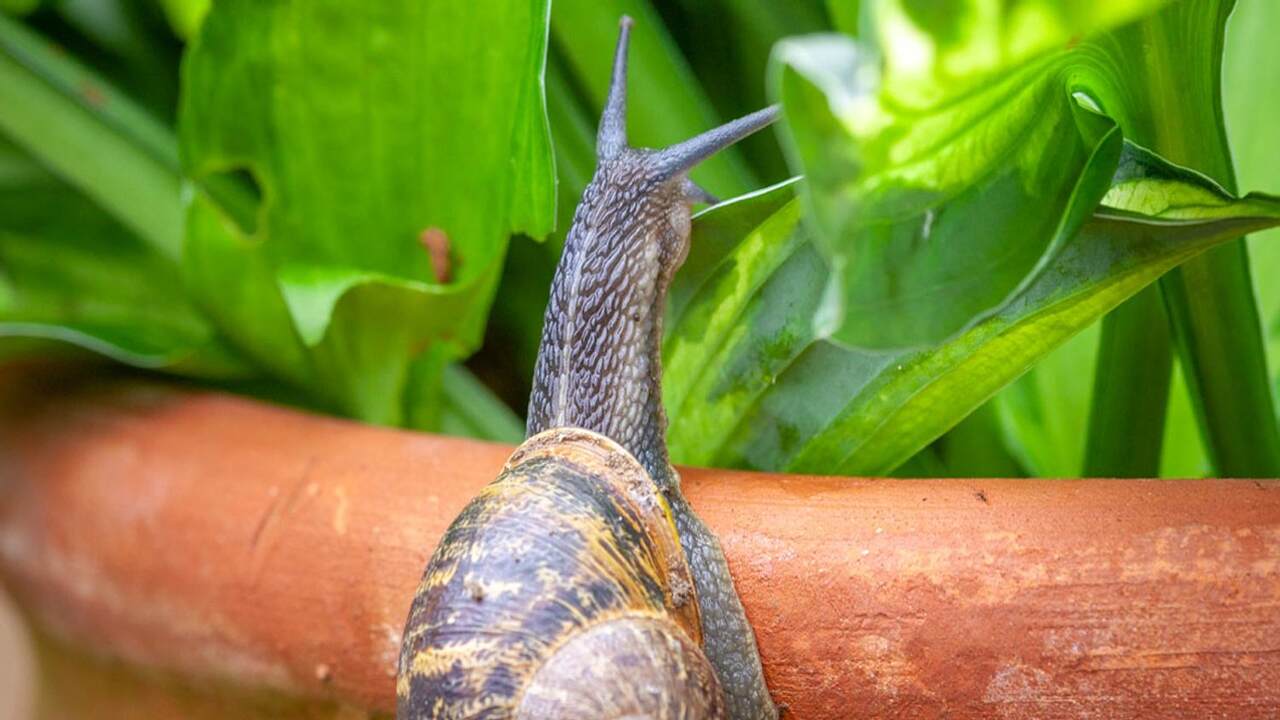
Encouraging natural predators is a key strategy for controlling slugs and snails in a greenhouse. One way to attract slug-eating beetles is by planting slug-resistant plants like lavender. These plants not only provide a habitat for beetles but also add beauty and fragrance to the greenhouse.
Another effective method is to create small ponds or water features, which can attract slug-eating frogs and toads. These amphibians are natural predators of slugs and snails and can help keep their population in check. Providing hiding places, such as compost piles, can create habitats for slug-eating hedgehogs, which are popular to feast on these garden pests.
Additionally, planting native plants can attract slug- and snail-eating birds to the greenhouse, further contributing to their control. Attracting ground beetles, another natural predator of slugs and snails can be achieved by incorporating suitable plants and maintaining the soil level. By implementing these strategies, gardeners in the UK and worldwide can create a balanced ecosystem within the greenhouse, where precious plants thrive and slugs and snails are kept at bay.
4.Creating An Unfavorable Environment For Slugs And Snails
Keeping the greenhouse clean and free of hiding places is essential in discouraging slugs and snails. Removing dead plants and debris eliminates their potential hiding spots, making it harder for them to thrive. Another cultural practice is watering plants in the morning to reduce moisture levels, which makes the greenhouse less attractive to slugs and snails.
Raising seedlings on benches also helps protect them, as slugs and snails have a harder time reaching them. Lastly, it’s important to avoid over-fertilization, as this prevents lush, vulnerable growth that attracts slugs and snails. By implementing these practices, gardeners in the UK can create an unfavorable environment for these harmful pests.
5.Natural Slug And Snail Repellents
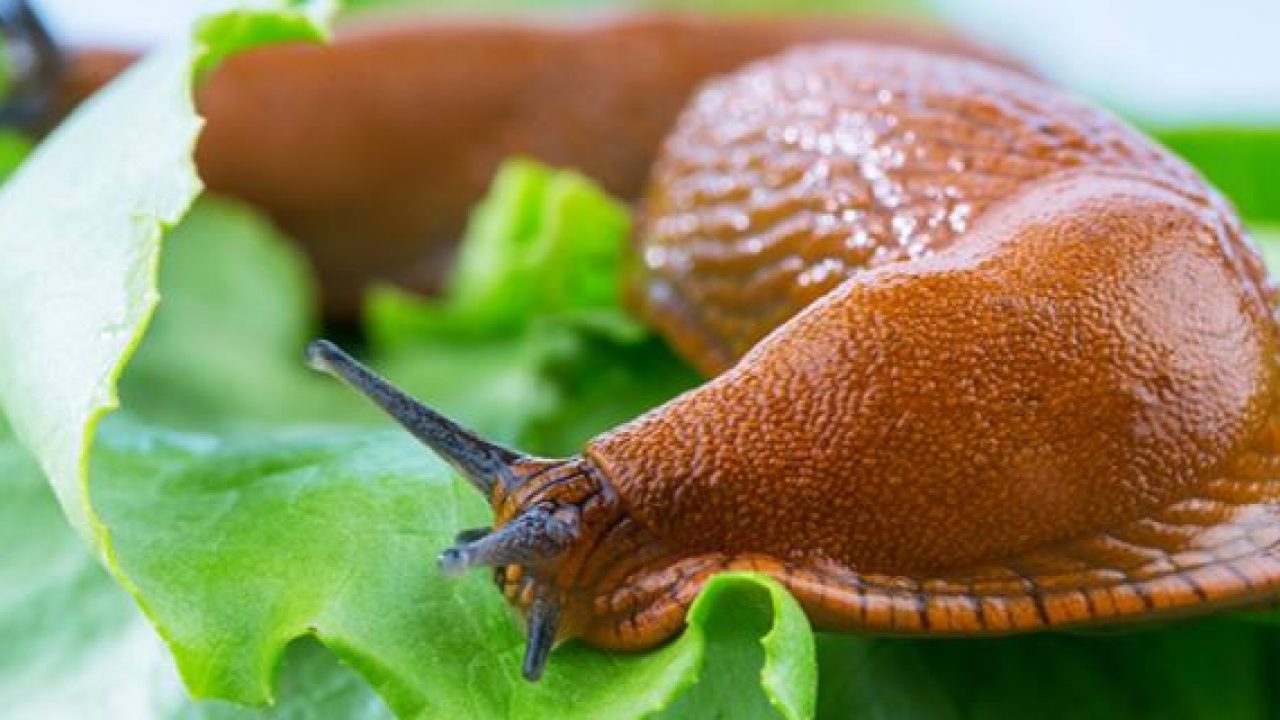
When it comes to deterring slugs and snails in your greenhouse, there are several natural repellents you can use. Creating a barrier using copper tape or mesh is an effective method to prevent these pests from crossing into your precious plants’ territory. Another option is to scatter crushed eggshells or coffee grounds around your plants to create an abrasive surface that slugs and snails can’t crawl over.
Additionally, planting herbs or flowers like mint, rosemary, or lavender can repel these garden intruders. You can also consider introducing natural predators like ducks or nematodes to control the slug and snail populations. Lastly, handpicking slugs and snails during their most active periods and disposing of them in soapy water can also help keep their numbers at bay.
Monitoring And Regular Maintenance
To effectively control slugs and snails in a greenhouse, it is essential to implement monitoring and regular maintenance practices. One key step is to identify and remove any potential hiding places for these pests, such as leaf litter or piles of debris.
Physical barriers, like copper tape or mesh, can also be employed to prevent slugs and snails from entering the greenhouse. Utilizing natural predators, such as nematodes or predatory beetles, can help control their populations.
Additionally, setting up beer traps or handpicking slugs and snails during their active hours in the early morning or late evening can prove effective. Lastly, maintaining cleanliness and regularly cleaning the greenhouse can minimize potential hiding places and food sources for slugs and snails.
Lesser Known And Less Effective Deterrents
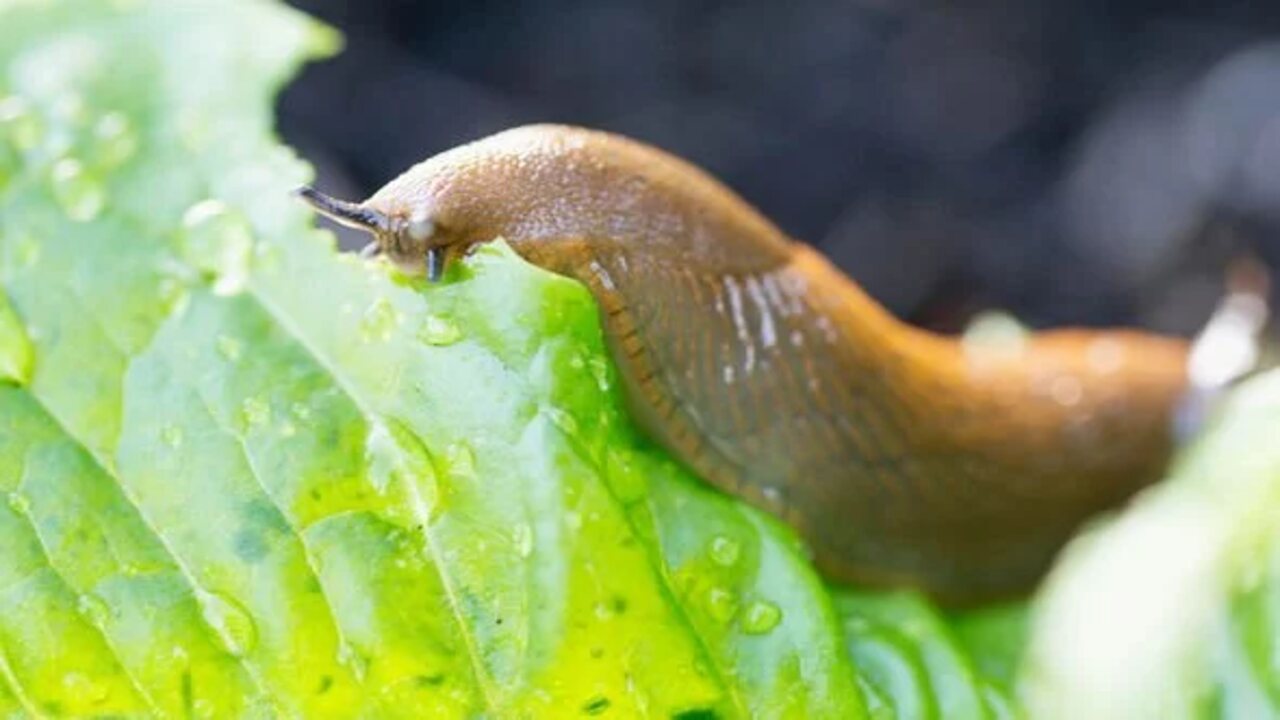
When it comes to controlling slugs and snails in a greenhouse, slug pellets may not always be the most effective option. Instead, there are some lesser-known but highly effective deterrents that you can try. One such deterrent is copper rings, which create a barrier that slugs and snails won’t cross. Additionally, coffee grounds can be handy as a natural slug deterrent, as the abrasive texture deters them from crawling over it.
Another organic option is diatomaceous earth, which can be sprinkled around the soil level to control slugs and snails. Lastly, electric shock traps can be used to catch these pests in a humane way. By exploring these alternative methods, you can better protect your precious plants from these garden invaders.
Can Beer Traps Really Help In Controlling Slugs And Snails?
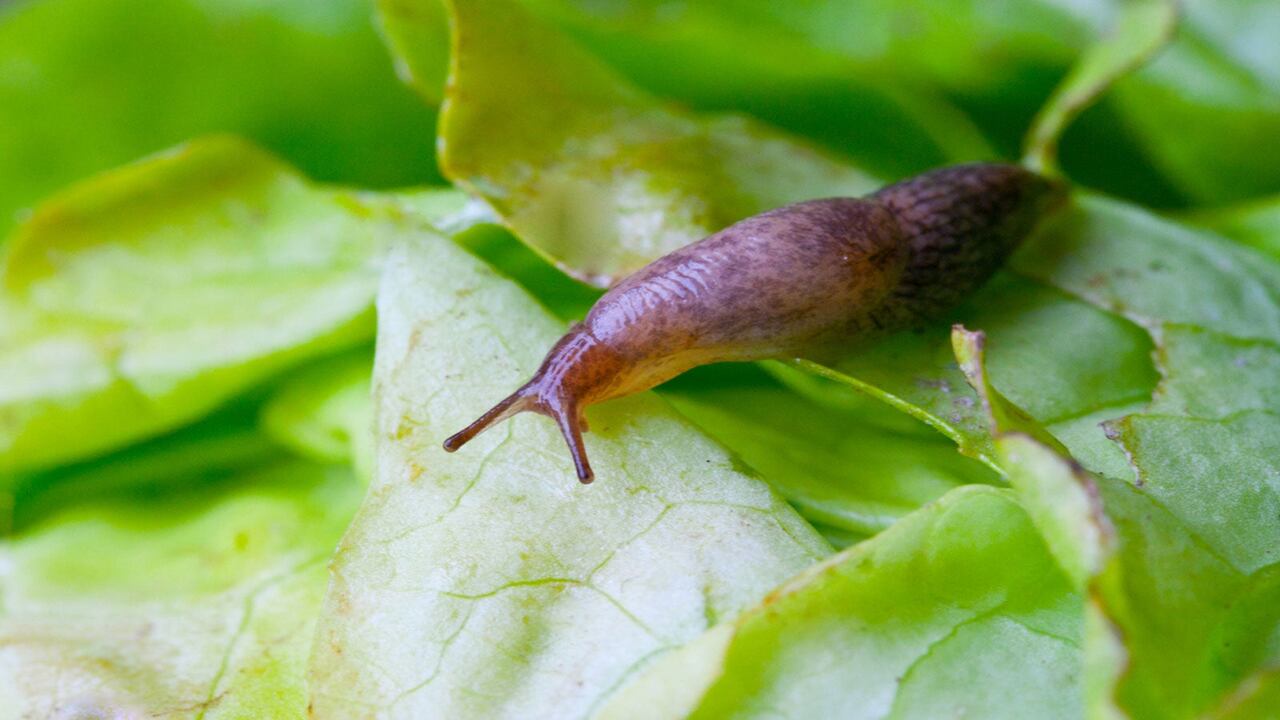
Getting rid of slugs and snails in a greenhouse can be a frustrating task, but there are natural methods that can help keep these pesky pests at bay. Here are five ways to naturally get rid of slugs and snails in a greenhouse:
- Remove Hiding Spots: Slugs and snails love to hide in dark, damp areas, so it’s important to remove any potential hiding spots in your greenhouse. Clear away debris, such as fallen leaves or old pots, and keep the area clean and tidy.
- Use Barriers: Creating physical barriers can help prevent slugs and snails from entering your greenhouse. Place copper tape around the edges of plant pots or raised beds, as slugs and snails dislike the sensation of copper on their bodies.
- Introduce Natural Predators: Encouraging natural predators, such as birds, frogs, or hedgehogs, can help control the slug and snail population in your greenhouse. Provide water sources and shelter for these beneficial creatures to attract them to your garden.
- Beer Traps: Slugs and snails are attracted to the scent of beer. Bury small containers, such as yogurt pots, filled with beer into the soil near affected plants. The slugs will be lured into the trap and drown in the beer.
- Diatomaceous Earth: Sprinkling diatomaceous earth around your plants can create a barrier that is sharp and abrasive to slugs and snails. This natural substance causes dehydration and ultimately kills them.
By employing these natural methods, you can effectively control the slug and snail population in your greenhouse without resorting to harsh chemicals or pesticides.
Conclusion
To successfully eliminate slugs and snails in your greenhouse, it is essential to take a multi-faceted approach to control their population. By implementing physical barriers, using safe and effective organic methods, attracting natural predators, practicing cultural habits, and utilizing natural repellents, you can effectively manage these pests.
Additionally, regular monitoring and maintenance are crucial to stay ahead of any infestations. While lesser-known deterrents like beer traps may provide temporary relief, they are not as effective in controlling slugs and snails in the long run. By adopting these strategies, you can maintain a healthy and thriving greenhouse environment free from the damage caused by these slimy invaders. We hope you know how to get rid of slugs and snails in a greenhouse.
Frequently Asked Questions
1.What Kills Slugs And Snails Instantly?
Ans: There are several ways to kill slugs and snails instantly. Salt is a natural and effective method, as it dehydrates them quickly. Beer traps can also be set up to lure and drown them. In addition, copper tape or mesh can be applied around the greenhouse to repel these pests.
2.What Do Slugs Hate Most?
Ans: Some natural deterrents that slugs hate include copper tape, eggshells, pine needles, and coffee grounds. You can also plant strong-smelling herbs like rosemary and thyme around your greenhouse to discourage them.
3.Do Coffee Grounds Deter Slugs And Snails?
Ans: Coffee grounds can be an effective deterrent for slugs and snails in your greenhouse. The caffeine found in coffee grounds is toxic to these pests. Scatter the grounds around your plants or create a barrier to keep them away.
4.What Types Of Plants Do Slugs And Snails Love?
Ans: Slugs and snails are drawn to plants with tender, succulent foliage. Some favorites include hostas, lettuce, strawberries, and marigolds. They also gravitate towards plants with moisture or dew on them. To protect your greenhouse, opt for tougher foliage plants or use natural deterrents like copper tape or diatomaceous earth.
5.What’s The Difference Between Slugs And Snails?
Ans: Slugs and snails are both gastropods, but they have a key difference. While snails have a visible shell, slugs do not. Snails move slower than slugs due to the weight of their shells. Both pests can cause damage to greenhouse crops.




